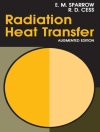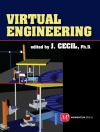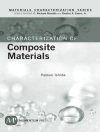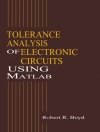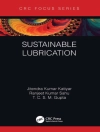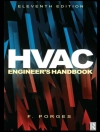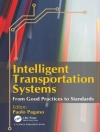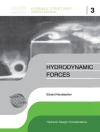This book presents original analytical models of coherent-interface-induced stresses in two-component materials. These materials consist of an isotropic matrix with isotropic spherical particles (precipitates). Dimensions of an isotropic crystalline lattice of the particle and the matrix are different. The particle and matrix lattices on the particle-matrix boundary represent a coherent or semi-coherent interface. Due to this interface, the particle and matrix lattices are deformed. The coherent/semi-coherent-interface-induced stresses, which are a consequence of this deformation, exhibit an influence on material properties. The deformation is usually considered within the particle-matrix boundary, i.e., within the particle and matrix lattices on the particle-matrix boundary. This well-known concept of the coherent or semi-coherent interfaces, which is applied to a one-particle-matrix system, does not consider the particle volume fraction v, the particle radius Rp and the inter-particle distance d, which represent fundamental characteristics of two-component materials. Accordingly, the one-particle model system does not correspond to real multi-particle materials, e.g., two-component materials. The analytical models in this book, which are determined for a multi-particle model system with coherent and semi-coherent interfaces on the particle-matrix boundaries, consider these characteristics (i.e., v, Rp, d). The deformation is determined within the particle-matrix boundaries, as well as within the particles and the matrix. Additionally, the critical values vcr, Rpcr, dcr, which are a reason of a transformation of coherent/semi-coherent particle-matrix boundaries to incoherent ones, are determined. If tensile mechanical stresses act at these incoherent boundaries, then cavities are formed around the particles. The cavities represent defects in the matrix, which degrade material properties. These analytical results, i.e., vcr, Rpcr, dcr, thus define a limit state with respect to this degradation. Limit states represent an important phenomenon in material engineering. Analytical models of limit states are a considerable contribution to materials science. Accordingly, this book presents unique analytical results, which are determined for coherent and semi-coherent interfaces at the particle-matrix boundaries. These results, which are determined by fundamental equations of solid continuum mechanics, are applicable within basic research (solid continuum mechanics, theoretical physics, materials science), as well as within the practice of engineering.
Ladislav Ceniga
Analytical Models of Coherent-Interface-Induced Stresses in Composite Materials I [PDF ebook]
Analytical Models of Coherent-Interface-Induced Stresses in Composite Materials I [PDF ebook]
Cumpărați această carte electronică și primiți încă 1 GRATUIT!
Limba Engleză ● Format PDF ● Pagini 110 ● ISBN 9781536170399 ● Editor Ladislav Ceniga ● Editura Nova Science Publishers, Inc. ● Publicat 2020 ● Descărcabil 3 ori ● Valută EUR ● ID 8703045 ● Protecție împotriva copiilor Adobe DRM
Necesită un cititor de ebook capabil de DRM


